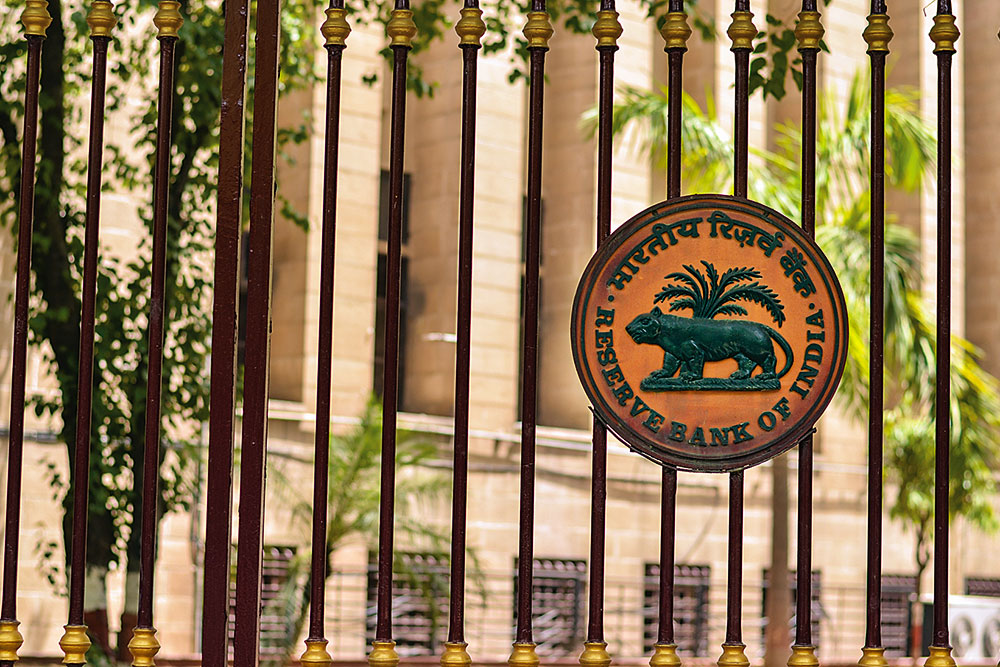Most experts expect the monetary policy to tighten in the coming months. Longer-term VRRR auctions are being seen as an exit route from the unconventional monetary easing, which was used to support the economy during Covid lockdowns.

What Is VRRR?
- The central bank uses various ways to increase or decrease liquidity in the banking system. Repo rate is the rate at which the central bank gives loans to commercial banks against government securities. Reverse repo rate is the interest that RBI pays to banks for the funds. VRRR is a sub-type of reverse repo
- Since January 2021, RBI had been absorbing money from the banking system via VRRR auctions. But the frequency was increased to 14 days in August 2021
- In December, the central bank announced that it may use longer-term VRRRs, but the size and maturity details were not announced
- RBI has indicated that it will use VRRR auctions as the main liquidity management operation

How Does It Work?
- VRRR is kept higher than the reverse repo rate but lower than the repo rate to attract funds from banks
- To enjoy the higher rates, banks would attract deposits and to do that, they would offer higher interest rates on deposits. This way, money will go from the depositors to the banks and from the banks to the central bank, thus leading to less liquidity
- The auction route is used so that the banks that are ready to accept the lowest interest rates for deposits with RBI are selected, i.e., at the minimum interest rate above the reverse repo rate. For example, as the reverse repo rate is 3.35 per cent, a bank that is ready to accept, say, 3.5 per cent interest for its funds will win over a bank that wants, say, 3.7 per cent (even though both these are below the 4 per cent repo rate).

How Will It Help?
- RBI estimated the surplus liquidity to be Rs 9.5 lakh crore in October 2021. Such large amounts can’t be absorbed through reverse repo rates alone
- One of the tools at RBI’s disposal to do that is long-term VRRR
- At present, VRRR auctions have tenors of 7, 14 and 28 days. The size of the auctions may increase
- If long-term VRRR remains attractive for banks, they may offer higher interest rates on fixed deposits. Very short-term products such as overnight and liquid funds could see higher accrual returns
- To make money ‘expensive’ and thus control liquidity, the central bank is likely to increase the repo rates, which banks usually pass on to customers in the form of higher lending rates





